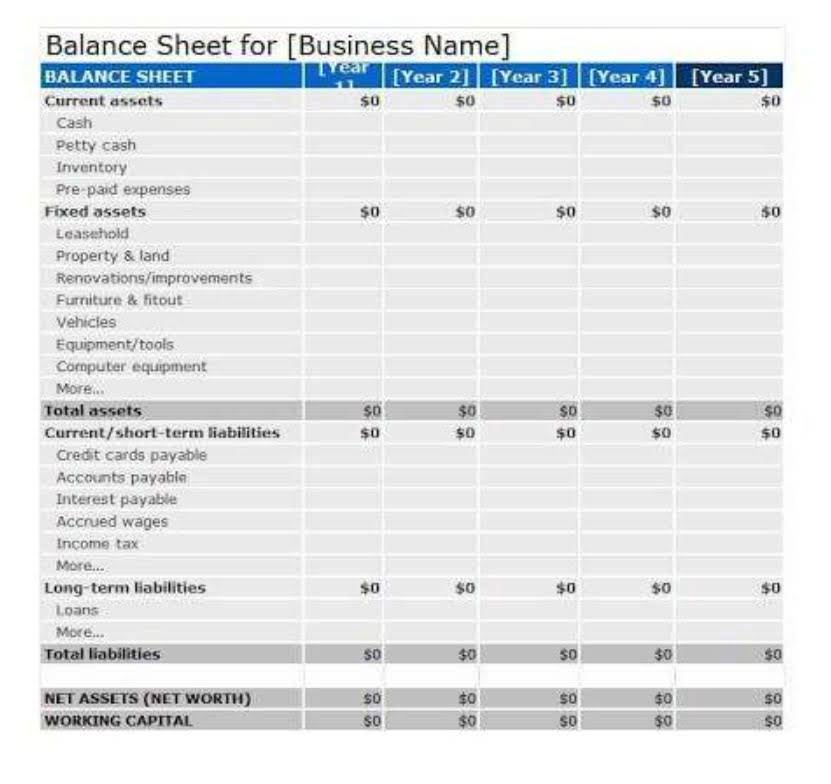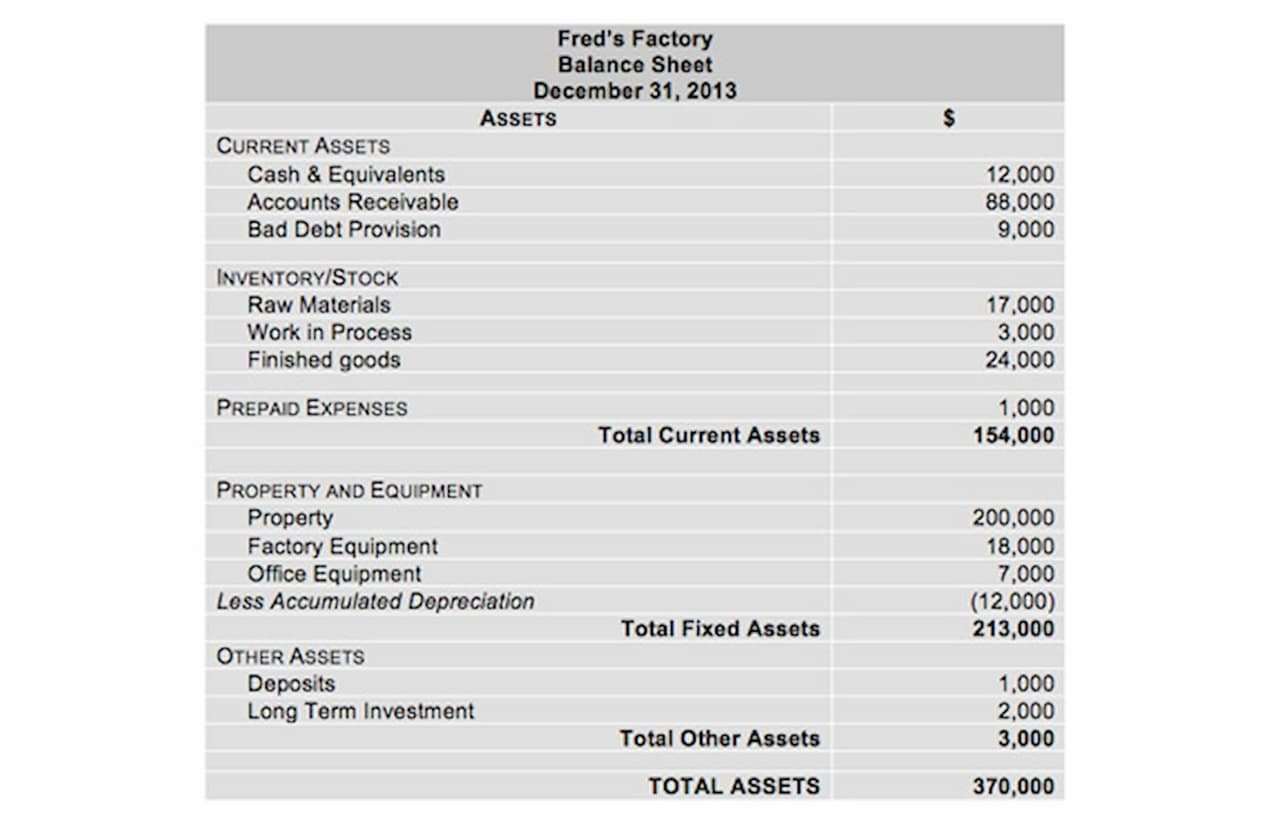
A private operating foundation may be run similarly to a private foundation when it comes to where its funding comes from, but it will spend money directly on charitable, exempt activities. These types of organizations spend 85% of their balanced net gain or base speculation return, whichever is less, on charitable activities and programming. A public charity, identified by the Internal Revenue Service (IRS) as “not a private foundation,” must obtain at least a third of its donated revenue from a fairly https://www.bookstime.com/ broad base of public support. Public charities are defined in the Internal Revenue Code under sections 509(a)(0) through 509(a)(4). To file for your 501(c)(3) tax-exempt status, most organizations must use this number to fill out IRS Form 1023 electronically on Pay.gov.

Step 1: Define Your Mission and Purpose
Each state has different requirements for filing your articles of incorporation. For this reason, we advise you to seek a business formation or business incorporation lawyer at the local level for direction on how to correctly file incorporation paperwork. U.S. tax laws incentivize organizations that increase the public good and the individuals who support them. That’s a great thing, especially if you’re an entrepreneur looking to reduce your tax burden.
What is a Nonprofit Organization?

To pass, your organization must receive at least a third of its revenue from the general public, support from government agencies, or grants from organizations that get their support from the public. Unlike Remote Bookkeeping private foundations, private operating foundations are not liable to pay a 30% excise tax on failing to distribute income. Given that the institute does not manage them, they can also receive qualifying distributions from a private foundation. Organizations must ensure no earnings benefit private shareholders or individuals. Additionally, lobbying activities must be limited, and the organization cannot participate in political campaigns.

Foreign activities
Be sure to keep detailed minutes of this meeting, as they may be required when applying for 501(c)(3) status. Section 5 of this sample IRS document provides an example of these provisions required for 501(c)(3) eligibility. Download our Free Nonprofit Formation Checklist to guide you step-by-step through the process, ensuring you don’t miss any key details. Come back to your mission and your beneficiaries whenever the process becomes a little bit too much. Filers of Form 1023-EZ experience a shorter time frame due to the quick process of e-filing. There is also the cost of hiring an experienced advisor or professional to prepare your 501(c)(3) application.

- For the Internal Revenue Service (the IRS) to recognize an organization’s exemption, the organization must be organized as a trust, a corporation, or an association.
- Download our free nonprofit formation checklist for step-by-step guidance from naming your nonprofit to securing tax-exempt status.
- In most cases, an exempt organization must file some version of Form 990 with the IRS, depending on its financial activity.
- Board members must exercise fiduciary duty—meaning they are expected to act with care and loyalty to the organization’s purpose.
- A 501(c)(3) nonprofit organization earns its classification from the Internal Revenue Service (IRS) based on its primary purpose.
In addition, some climate-related grantmaking has extrapolated private letter rulings and exemption denials or hired legal counsel to guide their work. Applying for 501(c)(3) status allows the IRS to examine your nonprofit’s structure, purpose and business dealings to determine if it qualifies as a tax-exempt organization. The IRS also seeks to ensure donor dollars will be used for donors’ intended purposes via the absence of any conflicts of interest. A nonprofit’s purpose statement tells why an organization exists as a necessary entity. It is included in a nonprofit’s bylaws and is used to qualify the nonprofit for tax-exempt status. It also offers 501c3 nonprofit a statement for organizational directors to adhere to when fulfilling their duties as well as a compass for supporters who help to fulfill the organization’s purpose, such as volunteers, donors and partners.


